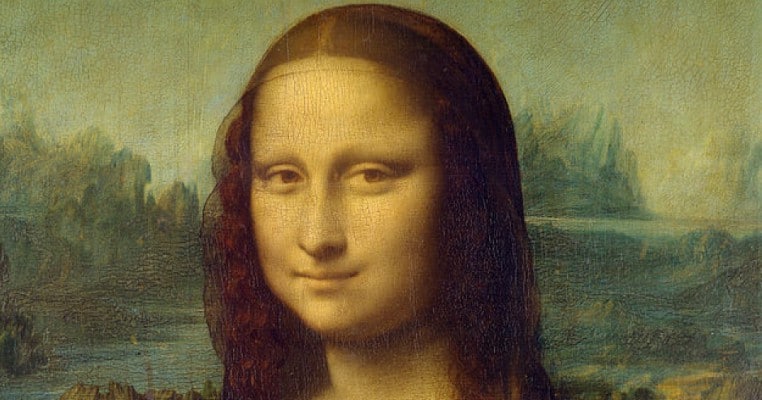While almost anyone would recognize the face serenely beaming out of the Mona Lisa, few know just how many fascinating facts lie behind the world’s most famous works of art. From the sinister use of underage nude models for preparatory sketches to interesting editorial changes that would have dramatically changed the pictures we know and love, art history is full of fascinating tidbits.
Even the great masters like Michelangelo and Vermeer left behind, thankfully, detailed enough records and contemporary accounts that we can delve into the worlds that shaped their creations. As is always likely with creative genius, some of the facts even include tongue-in-cheek commentary and possible jokes.

16. Les Demoiselles d’Avignon
Les Demoiselles d’Avignon, meaning “the young ladies of Avignon” in French, was originally titled The Brothel of Avignon. It was painted in the summer of 1907 and depicts five nude women from a brothel on Avignon Street in Barcelona, Spain. The painting is noted for its cubism, primitivism, and the inclusion of African tribal mask-like imagery.
When the painting premiered, it was dubbed immoral and widely panned by the art community. Fellow painter Henri Matisse, in particular, was outraged by the picture and felt it made a mockery of the entire modern art movement. Matisse and Picasso had always been competitive rivals, but Les Demoiselles fueled a strong enmity and desire for artistic revenge in Matisse.
Picasso engaged in laborious preparations for Les Demoiselles. He drew hundreds of preparatory sketches for the piece. In some early iterations, the far left figure in the painting was actually a man. Perhaps the most interesting, and somewhat sad, fact about the art is that early sketches focused on a nude underage model. The pre-pubescent model was a young girl Picasso and his romantic partner at the time, Fernande Olivier, brought home from a nearby orphanage. She served as a nude sketch model in 1907. During that year she was “adopted” but was returned to the orphanage later that same year after the sketches were complete.

